Have you ever found yourself in the middle of cooking, giving your dish a taste, and thinking… “It’s good, but something’s missing”?
Maybe it needed a little more heat. Maybe it needed a pop of citrus. Maybe it needed a pinch of pure magic.
Well, consider this your passport to a spicier, more flavorful world — no actual plane ticket required. Across every continent, tucked into bustling markets and whispered in old family recipes, are spices that don’t just season your food — they transform it.
They turn a basic stew into a showstopper. They make roasted veggies taste like something you’d happily fight someone over.
Today, we’re diving into 15 spices from around the globe that have the power to completely revolutionize your cooking. Some will punch you right in the taste buds (in the best way), others will sneak up with a slow, smoky seduction.
1. Sumac (Middle East)
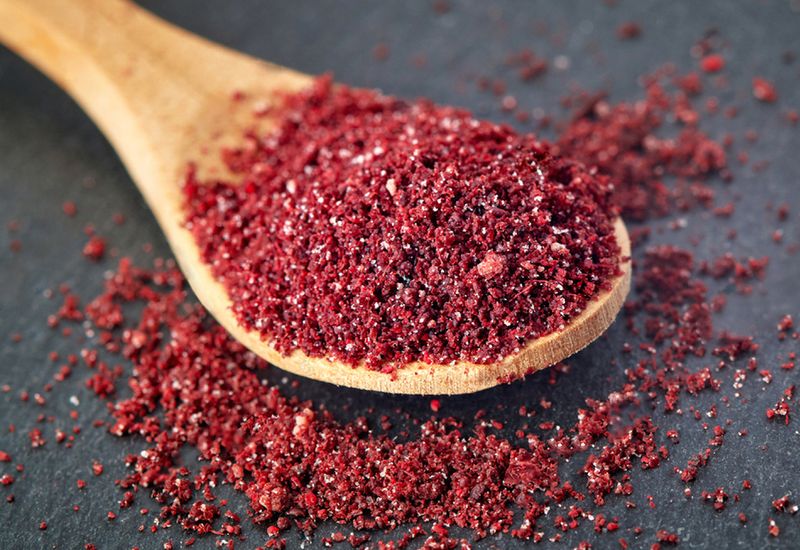
Imagine adding a pop of bright, lemony flavor without ever slicing a lemon.
That’s the magic of sumac — a deep burgundy powder that wakes up your taste buds and gives dishes an irresistible tartness.
Traditionally used across Middle Eastern kitchens, sumac is the secret behind those crave-worthy salads, grilled meats, and rice dishes that somehow taste both hearty and refreshing.
Sprinkle it generously over hummus, yogurt dips, or even roasted vegetables, and watch your guests ask, “What’s your secret?”
It’s also incredibly versatile — sumac can step in wherever you need a little extra zing without the liquid of citrus.
Think of it as flavor lightning in a jar.
2. Sichuan Peppercorn (China)
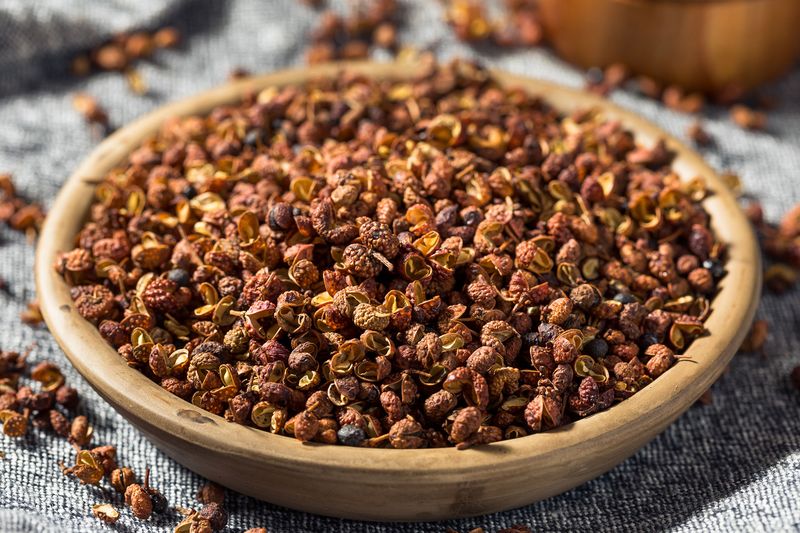
Brace yourself: this spice doesn’t just flavor your food — it changes the way your tongue feels.
Sichuan peppercorns create a numbing, tingling sensation that makes every bite electrifying.
Unlike regular black pepper, these little husks deliver a floral, lemony fragrance followed by a slow-building buzz.
It’s the heartbeat of Sichuan cuisine, turning basic stir-fries, hotpots, and noodle bowls into thrilling taste adventures.
You don’t need a heavy hand, either.
Just a pinch, lightly toasted and crushed, can transport your taste buds straight to the bustling streets of Chengdu.
Add it to homemade chili oils, dry rubs, or even chocolate desserts if you’re feeling daring.
One thing’s for sure — your dinners will never feel flat again.
3. Za’atar (Levant)
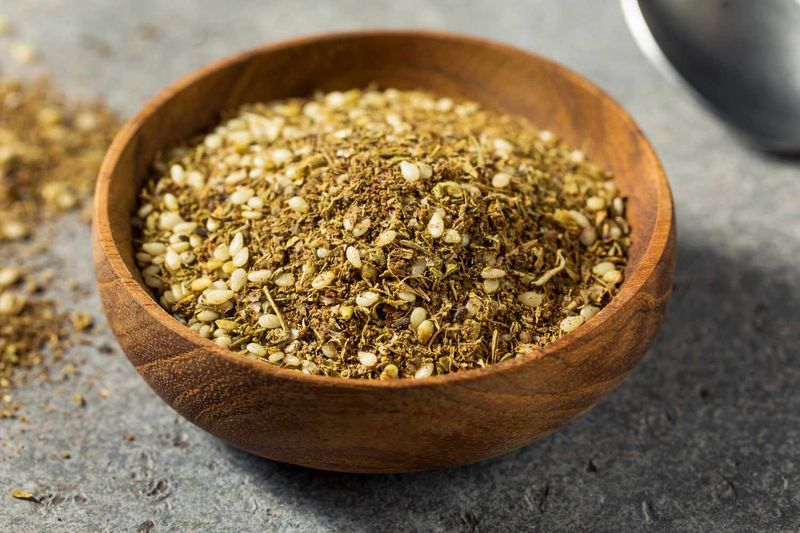
There’s something deeply satisfying about tearing into warm bread brushed with olive oil and sprinkled with za’atar.
This earthy, herby spice blend — usually made with thyme, sumac, sesame seeds, and salt — feels like a warm hug for your taste buds.
Za’atar isn’t just for flatbreads though.
It’s equally stunning dusted over roasted chicken, stirred into yogurt for a quick dip, or sprinkled across roasted vegetables for an herby upgrade.
Its magic lies in its balance: slightly tart, a little nutty, and wonderfully aromatic.
Each bite feels layered, complex, and comforting.
Once you have a jar of za’atar in your pantry, you’ll start reaching for it like a culinary reflex — a little here, a little there, and suddenly, dinner feels infinitely more interesting.
4. Berbere (Ethiopia)
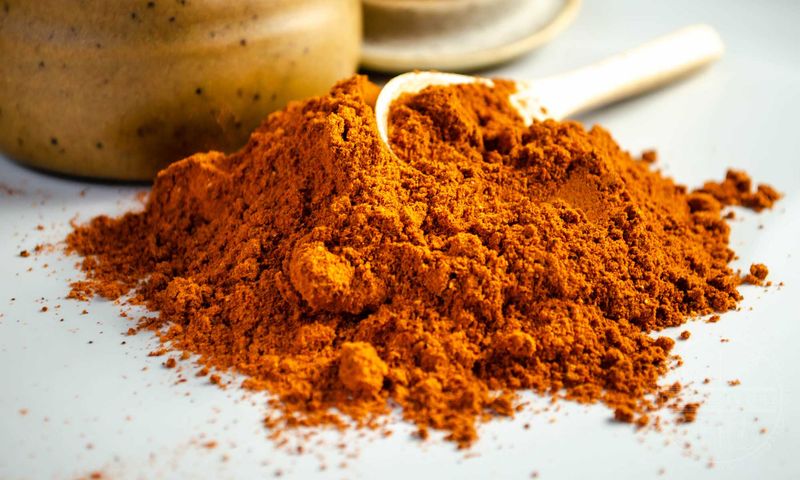
If you crave bold, soul-warming flavors, Berbere is about to become your new best friend.
This fierce Ethiopian spice mix delivers a slow, complex heat thanks to a vibrant blend of chili peppers, ginger, garlic, fenugreek, and more.
It’s the backbone of Ethiopian cooking, giving dishes like doro wat (spicy chicken stew) their deep, addictive richness.
But its magic isn’t limited to traditional recipes.
Rub it on roasted meats, toss it with vegetables before roasting, or stir it into lentil soups for a spicy twist.
Even a sprinkle on popcorn will leave you rethinking your snack game.
Berbere doesn’t just spice things up — it builds layers of flavor that stick with you, long after the meal is over.
Fair warning: once you fall for it, there’s no going back.
5. Ras el Hanout (North Africa)

Think of Ras el Hanout as the king of spice blends.
Its name even translates to “top of the shop” — meaning the very best spices a merchant had to offer.
This luxurious North African blend can include up to 30 ingredients, like cinnamon, cardamom, cloves, and cumin, creating a flavor profile that’s spicy, floral, earthy, and just a little mysterious.
One sniff, and you’re transported straight to a bustling Moroccan souk.
Add Ras el Hanout to stews, couscous, roasted meats, or even roasted carrots, and you’ll understand its royal reputation.
Every bite feels layered and opulent.
It’s the kind of spice that doesn’t just flavor food — it tells a story.
6. Ajwain (India)
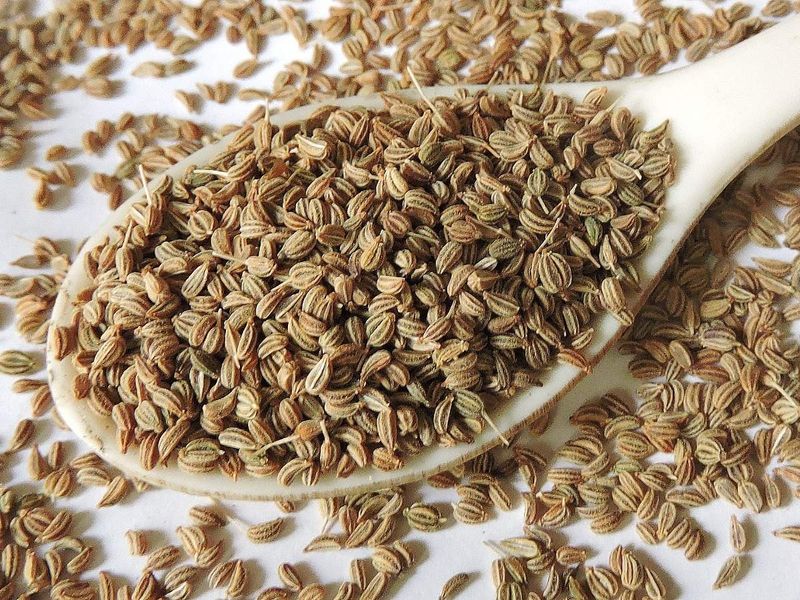
At first glance, you might mistake ajwain seeds for tiny caraway or cumin seeds.
But bite into one, and you’ll be hit with a burst of bold, thyme-like flavor and a peppery kick.
In Indian cooking, ajwain is a game-changer.
It’s added to fried snacks like samosas and pakoras, or sprinkled into breads like parathas for a sharp, aromatic punch.
It also brings a little more than flavor to the table — ajwain is traditionally believed to aid digestion, making it a practical spice too.
A quick toast in hot oil helps release its full flavor, mellowing its sharpness into something truly addictive.
Once you start experimenting with ajwain, you’ll wonder how your spice cabinet ever lived without it.
7. Urfa Biber (Turkey)
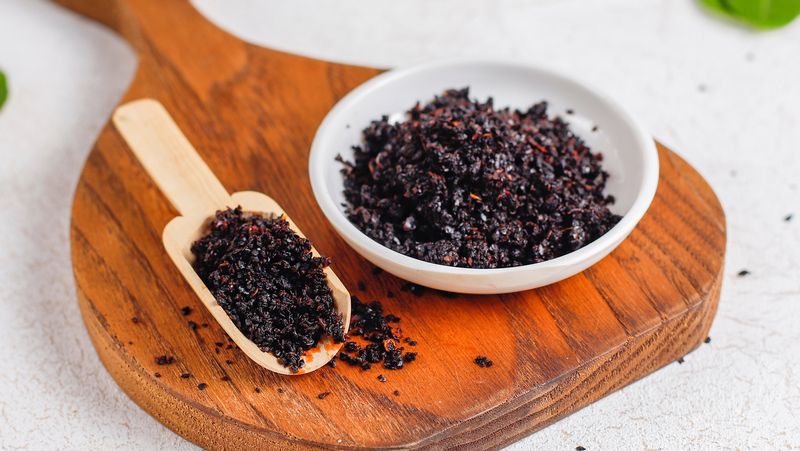
Smoky, sultry, and just the right amount of spicy — Urfa Biber is like the jazz music of the spice world.
It doesn’t shout with heat; it smolders.
These Turkish chili flakes are sun-dried by day and wrapped at night to “sweat,” creating a deep, raisiny flavor with hints of chocolate and coffee.
They’re incredible sprinkled over grilled meats, folded into yogurt sauces, or even dusted on roasted sweet potatoes.
The slow burn sneaks up on you, building warmth rather than overwhelming your mouth.
It’s the kind of spice that adds complexity and character without stealing the spotlight.
If you’re looking to move beyond ordinary chili flakes, Urfa Biber is your smooth, smoky upgrade.
8. Furikake (Japan)
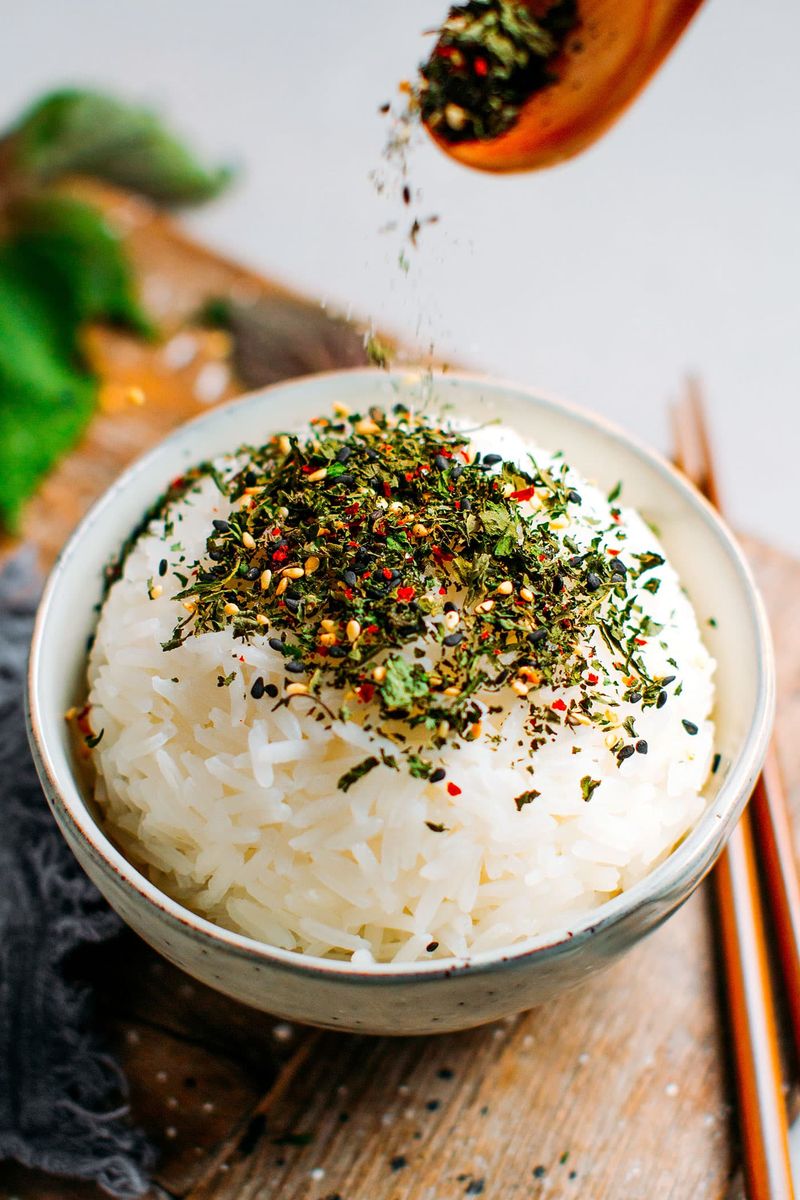
Sprinkling furikake over a steaming bowl of rice is a little act of joy.
This umami-packed Japanese seasoning blend usually includes toasted sesame seeds, nori (seaweed), salt, and dried fish flakes.
But don’t limit furikake to just rice — it’s incredible over popcorn, avocado toast, eggs, and even roasted veggies.
It brings a savory, nutty, slightly oceanic flavor that’s instantly craveable.
Furikake is like the confetti of the culinary world: it makes everything feel a little more festive, a little more exciting.
One taste, and you’ll find yourself furikake-ing your way through the fridge.
Pro tip: keep a jar handy and sprinkle it with reckless abandon.
You won’t regret it.
9. Vadouvan (France/India Fusion)
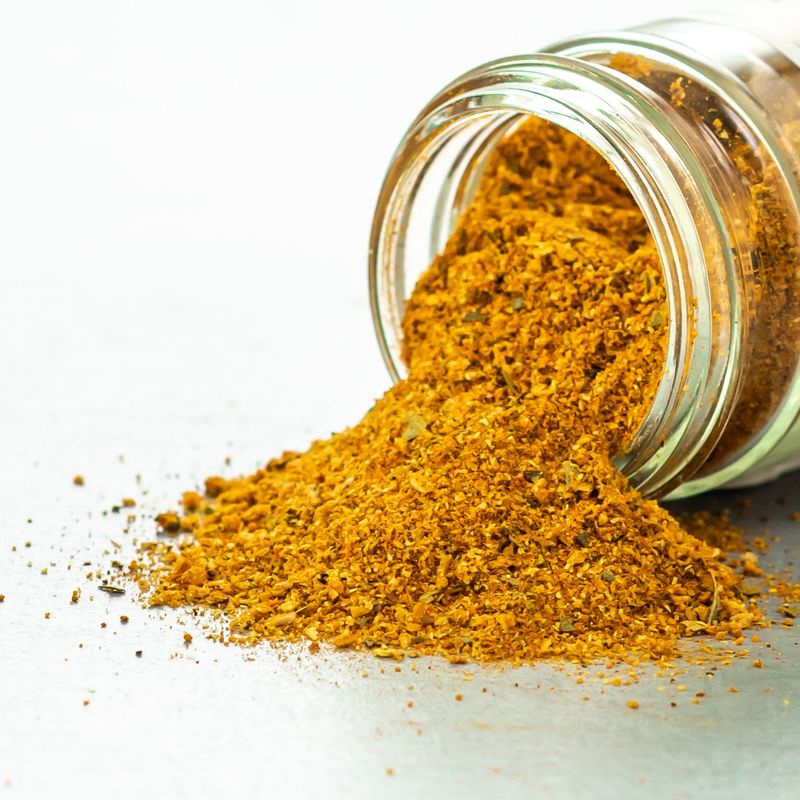
Meet the spice blend that’s basically curry powder’s fancier, French cousin.
Vadouvan marries the warm, bold spices of India with the subtlety and elegance of French cuisine.
It typically features ingredients like curry leaves, shallots, garlic, cumin, and fenugreek, but with a softer, sweeter twist.
Think rich, mellow heat instead of fiery spice.
Vadouvan is fantastic in creamy soups, stews, roasted chicken, and even sprinkled over seafood.
Its deep, savory aroma fills your kitchen with cozy, mouthwatering smells that practically call everyone to the table.
One whiff and you’ll realize — this blend means serious business (with a little French flair).
10. Grains of Paradise (West Africa)
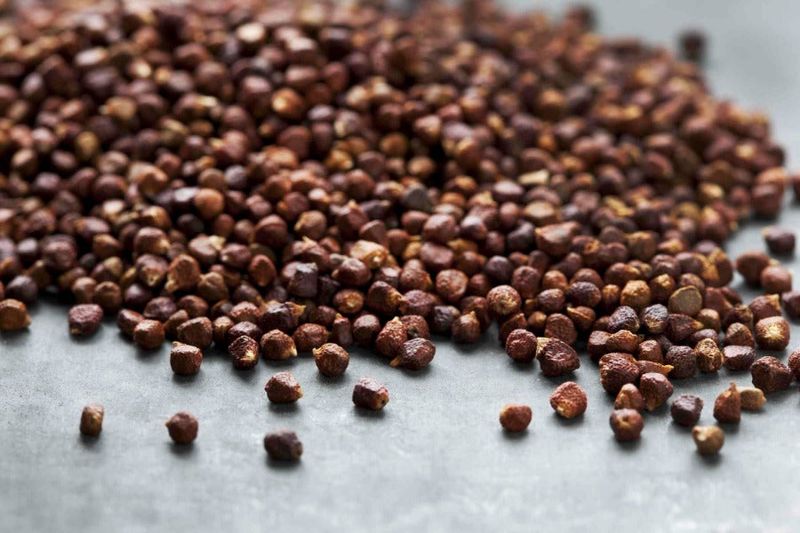
Crack open a pod of Grains of Paradise and you’re in for a peppery, citrusy, slightly floral surprise.
Native to West Africa, these tiny seeds are like black pepper’s more interesting, adventurous cousin.
They add a complex, zesty flavor with hints of ginger and cardamom, making them a brilliant upgrade for spice rubs, grilled steaks, or even cocktails.
Yes, you heard that right — try muddling a few grains into a gin and tonic, and thank us later.
Grains of Paradise are especially beloved for the way they warm a dish without overwhelming it.
They bring personality to food rather than just heat.
For a truly eye-opening flavor boost, swap out your usual peppercorns and experiment with these little marvels.
Your taste buds will notice the difference immediately.
11. Panch Phoron (India/Bangladesh)
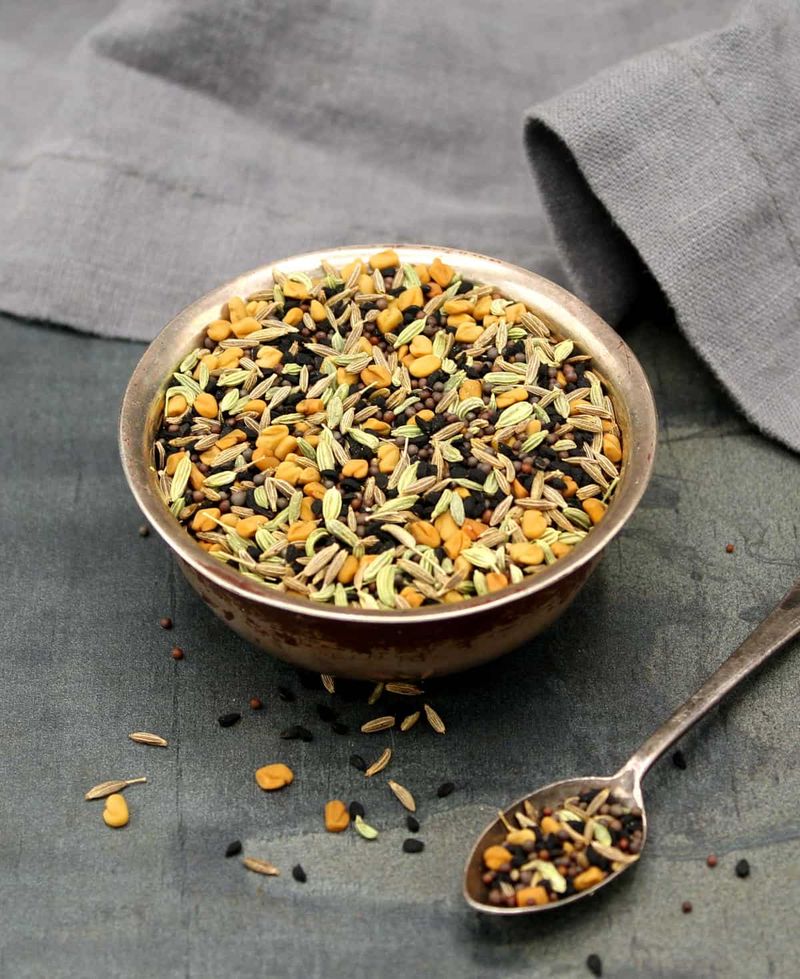
Cooking with Panch Phoron is like giving your skillet a moment to sing.
This blend of five whole seeds — fennel, nigella, cumin, fenugreek, and mustard — crackles and pops in hot oil, releasing an intoxicating aroma that fills your entire kitchen.
Used primarily in Bengali and Bangladeshi cuisine, Panch Phoron transforms simple lentils, potatoes, or stir-fried greens into flavor-packed dishes.
The combination of sweet, bitter, and savory notes creates a beautiful complexity with minimal effort.
One spoonful tossed into sizzling oil unlocks a world of earthy, nutty richness that no ground spice blend can replicate.
It’s less about heat and more about depth, texture, and true aromatic bliss.
Once you hear that sizzle and smell that first waft, you’ll never want to cook without it again.
12. Aleppo Pepper (Syria)
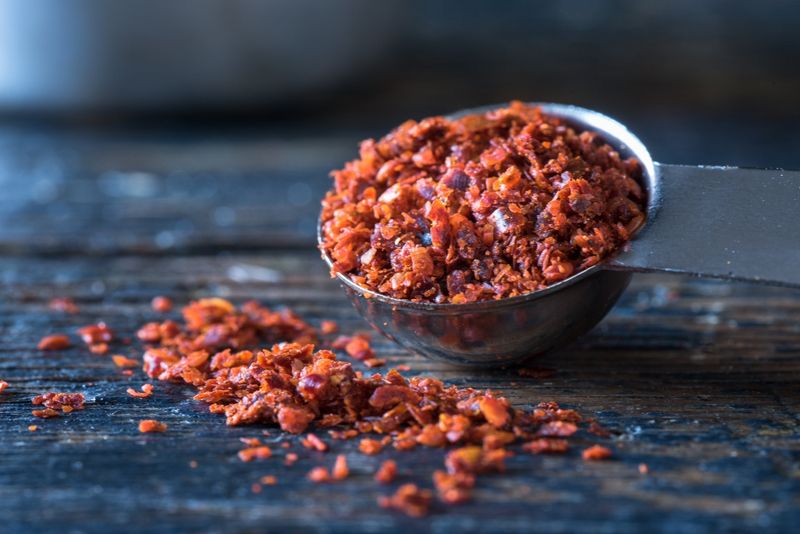
Forget everything you think you know about chili flakes.
Aleppo pepper isn’t here to blast your mouth with heat — it’s here to seduce your senses.
This beloved Syrian spice offers a gentle, fruity warmth with subtle tangy undertones, like a cross between sundried tomatoes and a mild chili.
It’s incredible sprinkled over eggs, stirred into tomato sauces, or rubbed onto roasted meats.
Unlike the dry, harsh texture of standard red pepper flakes, Aleppo pepper feels lush and almost oily, clinging deliciously to whatever it touches.
A little goes a long way, delivering both flavor and a pop of vibrant color.
Stock your pantry with Aleppo pepper, and you’ll soon find yourself wondering how you ever lived without its soft, smoldering magic.
13. Kampot Pepper (Cambodia)
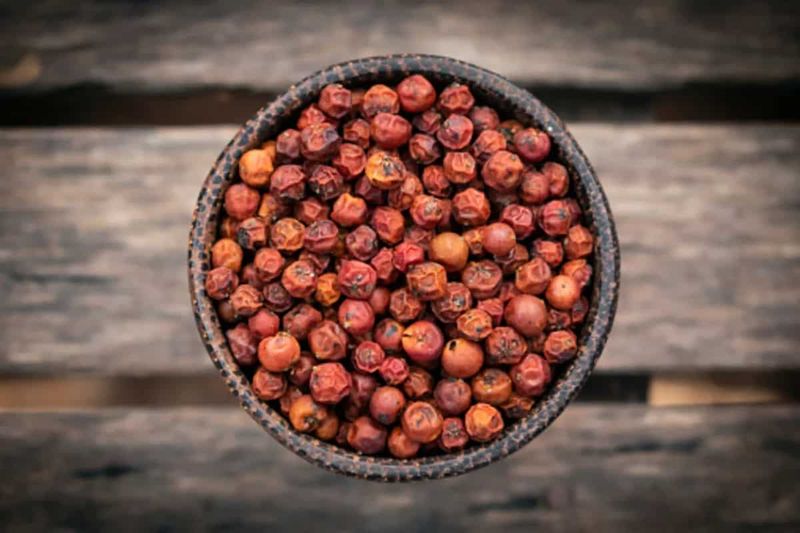
Pepper, but make it luxurious.
That’s Kampot pepper — a gourmet variety from Cambodia celebrated for its complex aroma and fruity, floral flavor.
Unlike everyday black pepper, Kampot pepper has layers.
At first, it’s bright and citrusy, but then it blooms into a deeper, earthy heat that lingers beautifully on the palate.
It’s a revelation when cracked fresh over grilled meats, pasta, or even ripe fruits like mango and pineapple.
True pepper aficionados prize it for its subtle sweetness and delicate spice.
If you’ve been using the same tired black pepper for years, treating yourself to Kampot is like switching from a fast-food burger to a hand-crafted steakhouse masterpiece.
Trust us — your palate deserves the upgrade.
14. Annatto Seeds (Latin America)
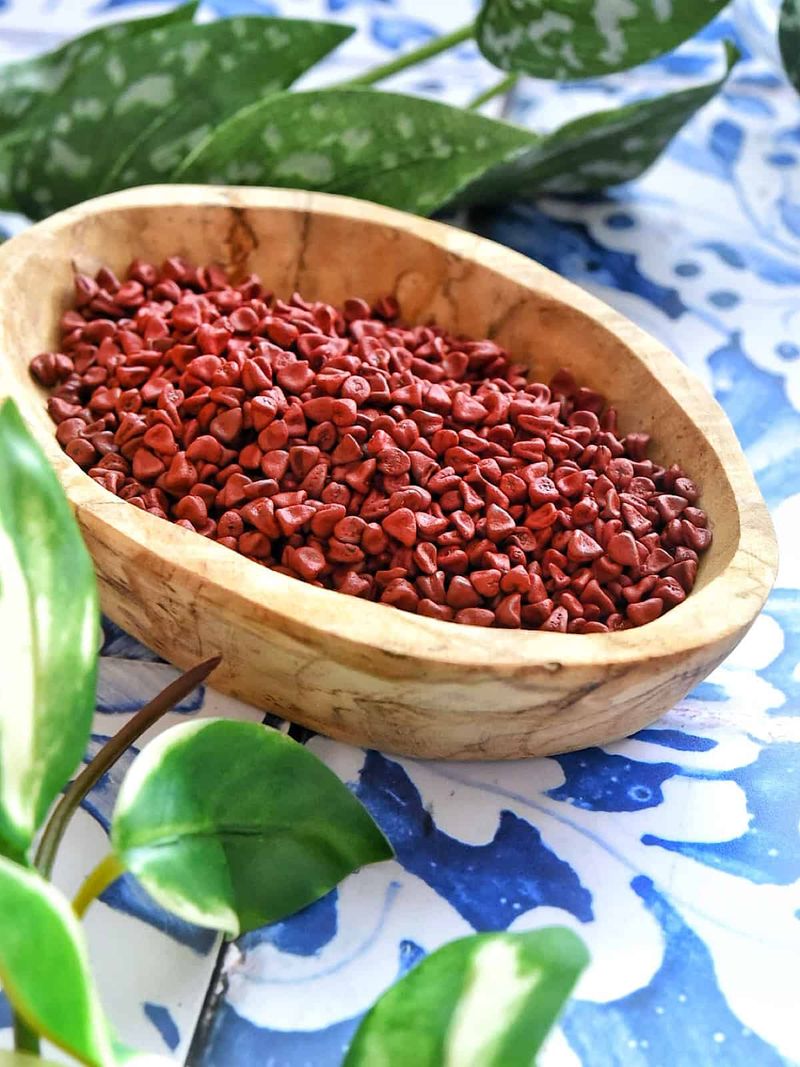
You might not know annatto seeds by name, but you’ve definitely admired their work.
These tiny, vibrant red seeds are responsible for the golden hues in many Latin American dishes — and even some cheeses like cheddar!
Beyond their brilliant color, annatto seeds offer a slightly nutty, peppery flavor with a hint of sweetness.
They’re often infused into oil to create a rich base for cooking rice, stews, and marinades.
Think of annatto as a two-in-one powerhouse: it colors your food with a stunning, natural vibrancy while layering in subtle flavor.
Plus, there’s something satisfying about watching those little seeds bloom into glowing amber oil.
Whether you’re making arroz con pollo or just want to jazz up plain rice, annatto will have you cooking — and plating — like a pro.
15. Amchur (India)
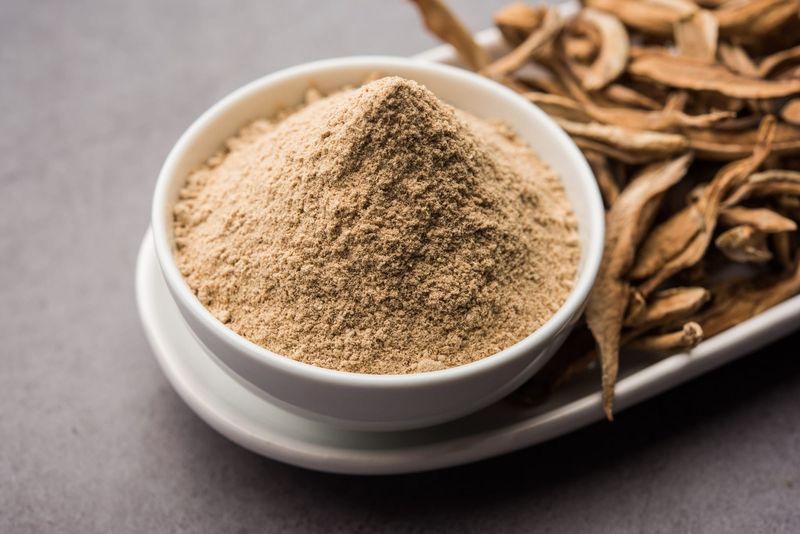
Adding a spoonful of Amchur is like squeezing a fresh green mango over your dish — without all the sticky juice.
Made from dried unripe mangoes, this powder packs a bright, tart punch that wakes up everything it touches.
Amchur is a secret weapon in Indian cuisine, especially in chutneys, curries, and marinades where a tangy lift is needed without extra moisture.
But it’s also amazing dusted over roasted vegetables, lentils, or even sprinkled onto fresh fruit.
Its zingy flavor cuts through richness and deepens complexity, offering a brightness that lemon alone just can’t match.
One sprinkle and your dish will suddenly feel lighter, fresher, and more balanced.
Keep a jar handy — because once you taste the magic of Amchur, there’s no turning back.
Leave a comment